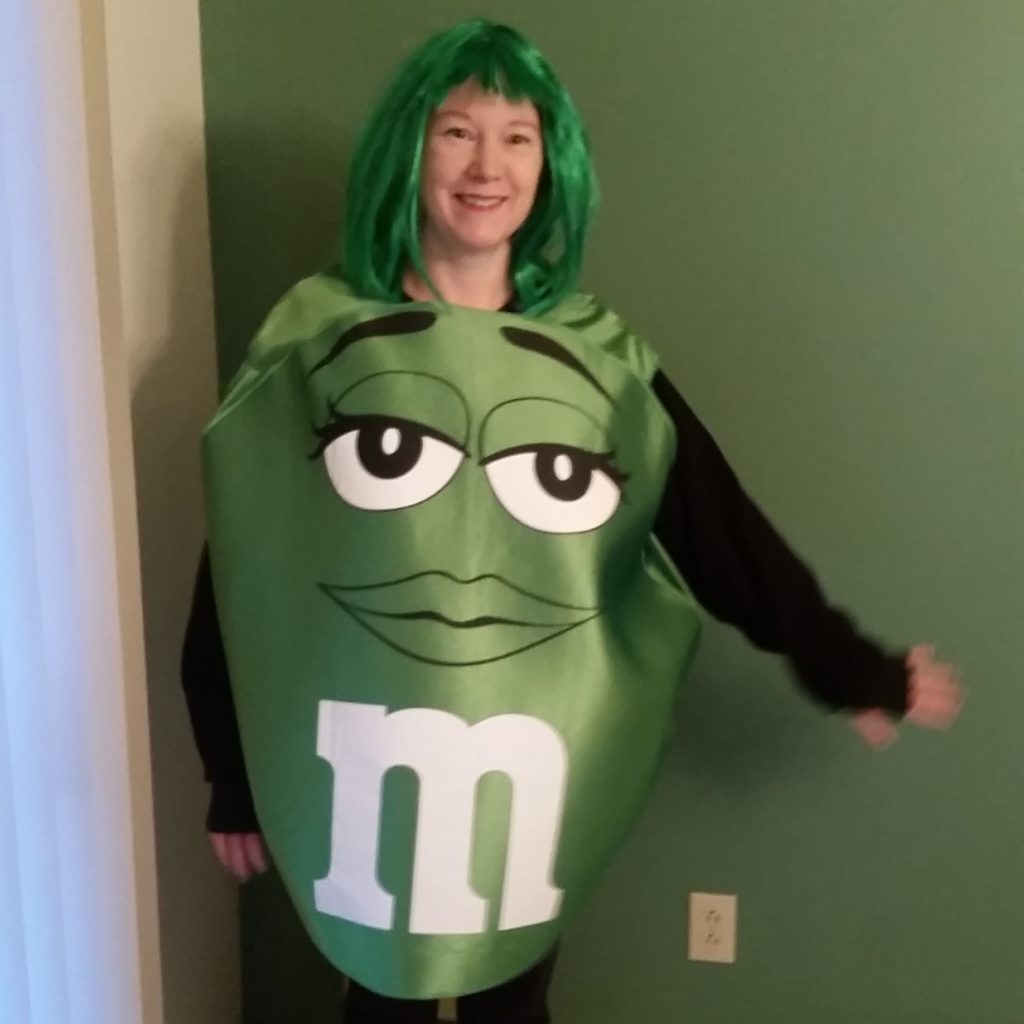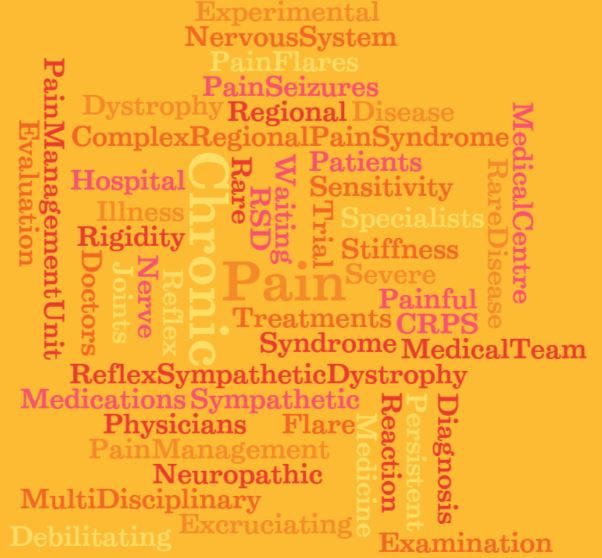Right after my second Bier block this week (my eighth day-surgery procedure in less than 2 months!), my neuro-anesthesiologist broke some bad news.
He told me there are no other procedures or medications we can try, to get my right hand and arm working again. I was devastated.
The diagnosis of Complex Regional Pain Syndrome (CRPS), often still called Reflex Sympathetic Dystrophy (RSD), was only confirmed at the end of May. So it feels as though I’ve been on some kind of horrific medical roller-coaster since I broke my arm in early March.
I’d never have guessed that a snapped radius, a Colles’ fracture, could lead to this nightmare of a rare disease. The burning pain of CRPS had started in the fingertips of my right hand, soon after I broke my arm. The best way I can describe the pain is that it felt like someone was blow-torching my fingertips. All the time.
By the time CRPS was diagnosed almost 3 months later, it had spread up my arm; to just past my wrist. Since then, one specialist had talked to me about amputating my dominant (right) arm, to almost the elbow. And I’d consented to eight day-surgery procedures, some of which carried risks of seizure, stroke, paralysis, and even death.
These first six day-surgery procedures I underwent were to stop the CRPS from spreading any further up my arm. These last two day-surgery procedures (called a Bier block or an IV block) had a different purpose.
The Bier blocks were meant to try to return some range of motion, some function, to my hand. The CRPS has badly affected each joint in every finger of my hand, as well as my wrist joint. And yes, if you’re keeping track, the total is now eight invasive medical procedures in the day-surgery operating room (OR) of my local community hospital!
I went from having a perfectly normal right hand 3 months ago, to something that looked more like a claw. All my fingers were more or less locked into a halfway bent position, and even my physiotherapist couldn’t force them open or closed.
There has been some improvement in the range of motion of my hand and wrist from these two Bier blocks, but my hand’s still far from usable. Although he told he me that there were no other medical procedures he could try, to help me regain the use of my hand, my neuro-anesthesiologist was still doing his best to try to help me.
I didn’t realize it at the time, probably because I was feeling groggy and nauseated right after the second Bier block. I was still lying on a hospital bed, in an observation bay in the day-surgery OR, when another specialist came over to talk with me.
I kind of hazily remember that he introduced himself, and told me that my neuro-anesthesiologist had discussed my case with him. As this was my eighth round in the day-surgery OR in less than 2 months, it has become normal for physicians, residents, and medical students to drop by to speak with me in the OR and pre-op/post-op area – even if they aren’t involved in my care.
Why? Because I’m a patient with a rare disease, but also have a background in bioethics (medical ethics) and clinical (medical) research ethics. Not only am I interested in my disease as a patient, the medical science of it intrigues me. This means that I can well understand why it’s interesting to doctors and other medical personnel at the hospital.
I also view my disease as a good teaching case, and know that learning about it from a patient – from me! – might someday help a physician or medical student diagnose someone else… Hopefully more quickly than I was diagnosed.
So I’d offered, from my first day-surgery procedure, to share information about my disease – and to show the photos I had on my phone, taken at different phases of disease progression – to any of the physicians, trainees, or other hospital personnel who were interested in my case.
My neuro-anesthesiologist would even let me bring my phone into the OR (with the sound turned off!), so I could show my CRPS photos to his medical students while I was waiting for – or recovering from – a procedure.
When this specialist – who wasn’t treating me – came over to see me, while I was still groggy after the Bier block, I didn’t pay much attention at first. But when he started to talk with me about physiotherapy (PT), I started to listen more closely. And I didn’t like what I heard!
He told me that all the PT that I’d done before my CRPS diagnosis had been pretty much the opposite of what should be done for this disease. That the regular post-fracture physio treatments and at-home exercises probably hadn’t done any harm, other than needlessly causing me more pain, but that they hadn’t done my hand and wrist any good.
When I heard that all that extra pain from my PT had been pretty much for nothing, I almost started to cry. He must have noticed that, because I clearly recall him saying several times that there was no way that a physiotherapist would have known what to do differently – not until I’d been diagnosed with CRPS. And it took almost 3 months to get that diagnosis.
Then he told me about a specific kind of physiotherapy called manipulation and mobilization, or M&M. It’s funny how we interpret things when we’re groggy and dazed after anaesthetic; I remember imagining a physiotherapist putting M&M’s candies onto my hand during a treatment!

He explained that in M&M a physiotherapist would hold my finger (bone) on either side of a joint and then pull and push the individual joint – one joint at a time – to try to ‘break’ the adhesions in the joint. That makes sense to me, because it’s the same principle as the type of physiotherapy done during the Bier blocks I had in the OR.
So I’ll be trying a new approach soon, to try to get my hand back to a usable state. I checked with my physiotherapy clinic, and they have someone who can do M&M treatments. Hopefully this will work, because I’m just not ready to give up on my hand yet…
And I am still so thankful that – when I slipped on that patch of ice, and fell onto my right hand and hip – I only snapped my radius. I was lucky; I could have been dealing with a broken hip, along with the CRPS…
As always, thanks for reading ‘-)

